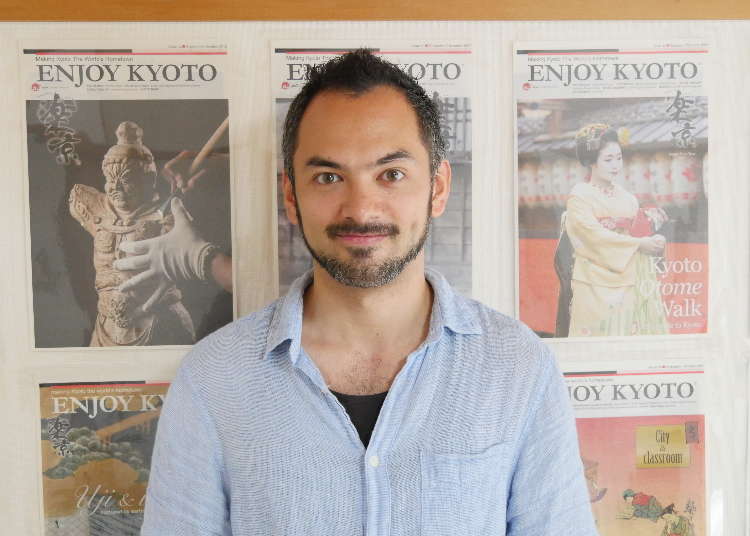
Kyoto is certainly a popular destination for many international tourists. Its rich history, culture, and traditional townscapes capture the very image of Japan as seen from the outside. Even the Japanese themselves have a deep admiration for Kyoto, and believe it should be experienced by people around the world. However, one must wonder how do visitors really feel about the city? To find out, we interviewed a man from England who has lived in Kyoto for 3 years, asking him about his recommended spots, what he has learned from living there, and his favorite ways to enjoy the city. In September 2019, the entire Kansai area will be abuzz with the Rugby World Cup. If you happen to be one of the visitors coming to see it, why not make a trip to Kyoto and explore its ancient culture and history.
As an editor of “ENJOY KYOTO”, a publication that promotes Kyoto’s culture around the world,
Bryan Eastlake is a resident with a deep interest in the city.
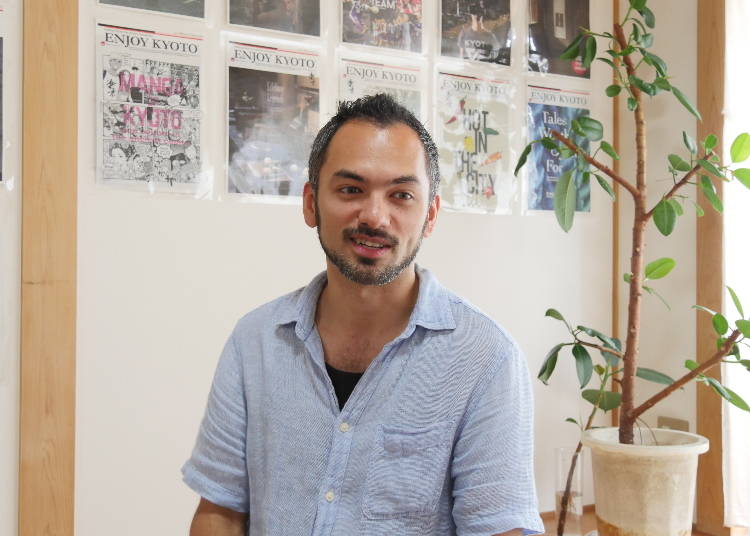
What is it that brings so many people to Kyoto every year? We asked tourism editor Bryan Eastlake to give us insider information and travel tips. He works at “ENJOY KYOTO”, a free magazine aimed at providing tourists with insights on how to enjoy the charms of Kyoto city. “We want people to enjoy both the modern and traditional aspects of Kyoto, and at the same time experience things that are unique to this ancient city”.
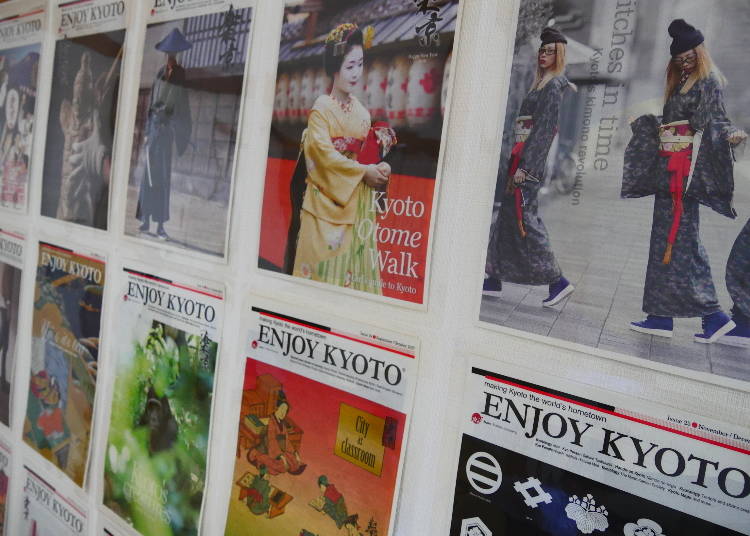
Kyoto’s charm comes from how it protects traditions while adopting modern culture

“The best thing about Kyoto is how it protects its traditions. But that’s not to say it excludes modern culture. Both the traditional and modern naturally coexist here, and this is one of reasons why it fascinates people around the world.”
Even as it retains the atmosphere of ancient Japanese architecture and Zen gardens, there are many places where you’ll find tradition interwoven with facets of contemporary culture. As Bryan explains, Kyoto successfully maintains a balance between the two, and this is what makes it special even for the Japanese.
“My first recommendation is to venture away from Kyoto Station. Otherwise, you might end up feeling that Kyoto is just like any other metropolis. The outer regions of the city are where you’ll discover a lot of natural beauty and more traditional town scenery. It’d be a waste to leave without experiencing these aspects of Kyoto.” Bryan explains, as he stresses the importance of going somewhere to experience Kyoto’s natural side and its more historical locations.
How to Enjoy Kyoto’s Nature (1): A secret route up Daimonjiyama
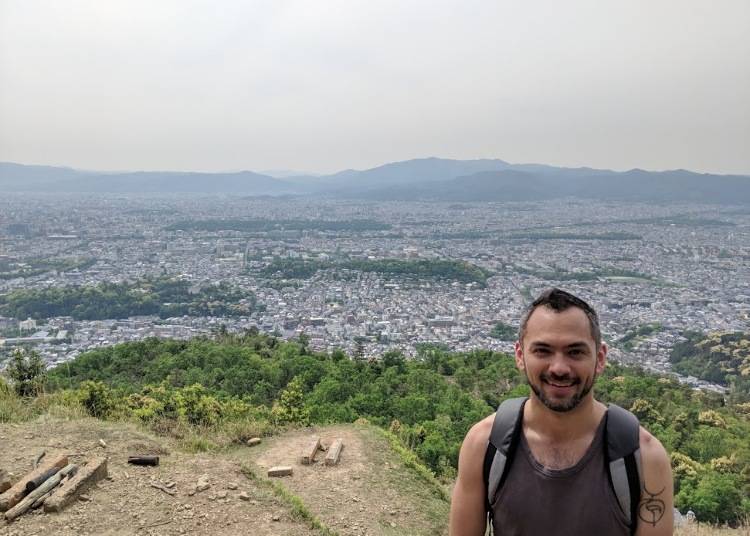
“I personally like to explore the city by bicycle or through hiking its mountains. I recommend Daimonjiyama for a pleasant hike . Normally, you start at the trailhead near Ginkaku-ji Temple, but another interesting route starts from behind Nanzen-ji Temple. The nature there is more wild, and makes the hike feel like a real adventure. Once you reach the peak of Daimonji, you can see where they ignite the famous big fires on the mountain during the Obon festival in Summer. Obon is a Japanese custom that welcomes back the spirits of the departed, and the August held “Gozan no Okuribi”, is performed to send those ancestral spirits back. Up on Daimonjiyama you can get a beautiful panoramic view of the whole of Kyoto. I recommended taking a bento up there with you. A bento after a mountain hike is always delicious.
<How to get to Daimonjiyama>
Starting from JR Kyoto Station, it will take around 20 minutes to get to Keage Station. From Keage Station, it is a 10-minute walk to Nanzen-ji. The route up Daimonjiyama behind Nanzen-ji takes about an hour and a half. From the peak, it is around a 30-minute walk to Daimonji Hidoko.
How to Enjoy Kyoto’s Nature (2): Ohara, a glimpse into ancient rural Japan
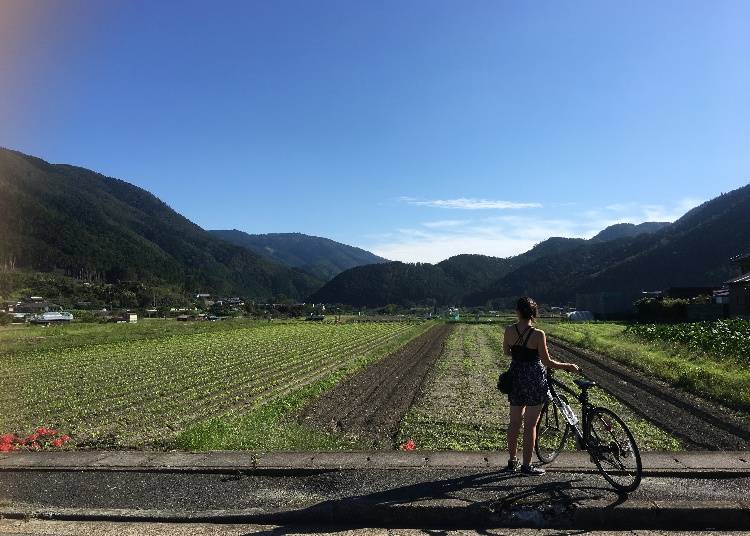
Ohara is a great place for those that want to experience rural scenery that was more common in ancient Japan. A stroll around this area will bring you in touch with some idyllic countryside and traditional countryside houses, making you feel like you’ve traveled back in time. “Ohara’s Sanzen-in Temple is a stunning location. Just walking around its tranquil grounds feels like a meditation.” Organic, locally grown vegetables are popular these days and Ohara is a region that supplies a lot of organic produce to Kyoto. “For those looking to try Japanese organic food, I recommend the restaurant Wappado.”
<How to get to Ohara>
Take the Kyoto Bus from JR Kyoto Station to get to Ohara: a 70-minute bus ride. Getting off at Ohara stop, it’s a 10-minute walk to Sanzen-in.
Enjoying Kyoto’s Nature (3): For a deeper experience, head to Hozukyō or Kurama-dera

“Hozukyō is a tranquil setting, with an abundance of nature making it the perfect escape from the bustle of Kyoto’s tourist spots. The scenery inside the valley is simply breathtaking”. Another area blessed with natural beauty is Kurama-dera Temple in the north of Kyoto. The scenery on the way there via the Eizan Railway line is beautiful too. “The incline that leads to the temple isn’t so steep and the view from the summit is gorgeous”.
<How to get to Hozukyō>
Take the Sagano Line from JR Kyoto Station to Hozukyō Station, a 20-minute trip.
<How to get to Kurama-dera>
Take the Eizan Electric Railway from JR Kyoto Station to Kurama Station, a 50-minute trip. It’s a 5-minute walk from Kurama Station to Kurama-dera.
How to Enjoy Kyoto’s Cuisine (1): Visit a sake brewery in the Fushimi area!

“Something inseparable from Kyoto is sake, and the Fushimi area is where many breweries are located. The Gekkeikan brewery has a museum with explanations in English describing the history, production methods, and tools used in sake production. They even have retro posters and displays of old sake bottles, along with lots of other sake-related memorabilia from the past. Even though more and more people are drinking sake these days, most people outside Japan don’t know how it is made. If you are fan of sake, it’s definitely worth checking out.”
Bryan is a sake lover. When he started living in Japan, one of his Japanese friends introduced him to sake and how to appreciate its taste. That’s where his love for the drink came from. In Kyoto, there’s such a thing as the “rule of sake toasting”, where its customary to first make a toast with sake, illustrating how important sake is to the area. “Sometimes beer can be a little too filling, but the flavors of sake are enjoyed by sipping it a little at a time. This more sensitive approach to drinking is what I like about it .’
How to Enjoy Kyoto’s Cuisine (2): Travel to taste test and find your favorite sake!
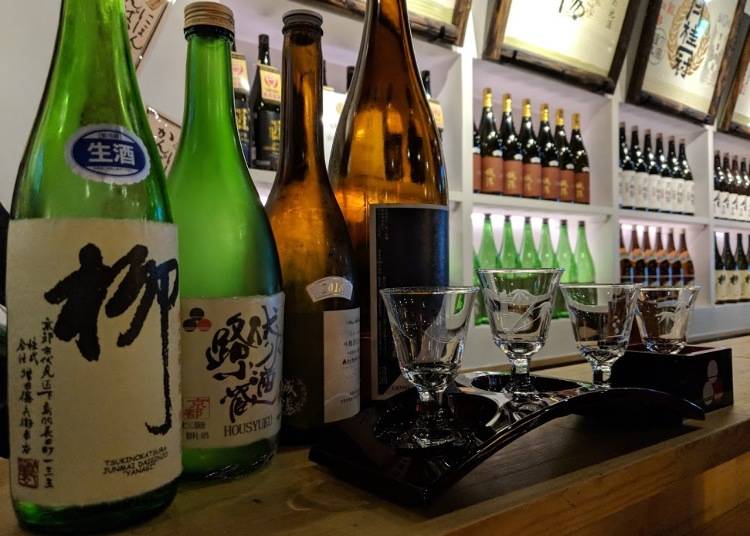
“At Fushimi Sakagura Koji, there are over 100 kinds of sake local to Fushimi for you to try out. It’s a neat place, located between two of Fushimi’s shopping arcades.”
“Fushimi Otesuji Shopping Street’s Kizakura Kappa Country has a museum and is another great choice for enjoying sake or craft beer outside.”
“I am really fond of the ‘Icebreaker’ brand of sake, which comes from the brewery of U.K-born Philip Harper, the first-ever non-Japanese brewer of sake. I was introduced to it at a sake bar called Jam Hostel, and it immediately became my favorite for its light and clean taste. By the way, the owners at Jam Hostel are very laid-back and can give explanations of sake in English, so if you are interested in sake, swing by and enjoy some yourself. The upper floors here are hostel rooms.”
<How to get to Gekkeikan Okura Sake Museum>
Take the Kyoto Line from JR Kyoto Station to Momoyamagoryō-mae Station, a 15-minute trip. From there, it’s a 10-minute walk to Gekkeikan Okura Sake Museum.
<How to get to sites in the Fushimi area>
Take the Kyoto Line from JR Kyoto Station to Momoyamagoryō-mae Station, a 15-minute trip. Sites are within walking distance and Momoyamagoryō-mae.
How to Enjoy Kyoto’s Cuisine (3): Bamboo shoots, conger eel, and other ingredients unique to Kyoto!
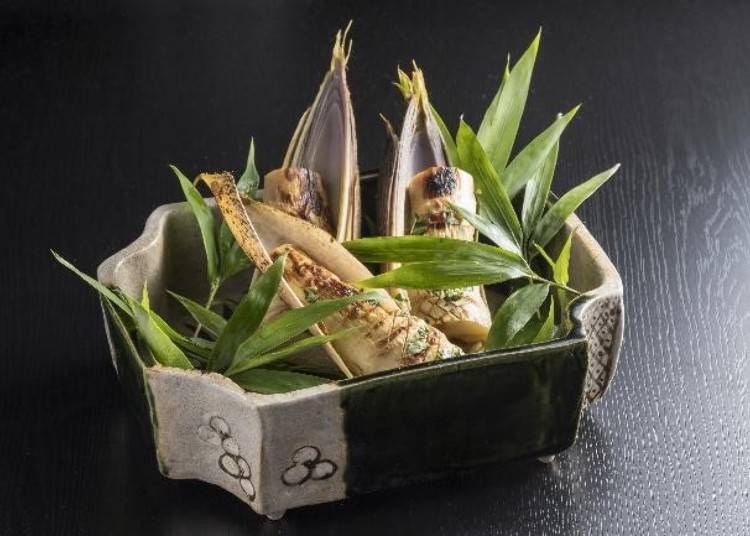
“Kyoto is famous for bamboo shoots (takenoko), which I love the taste of. They’re delicious when steamed with rice. Although takenoko cuisine isn’t complicated, I think many people outside of Japan don’t know that the shoots of bamboo can be eaten. The Japanese have perfected this cuisine, so it’s worth trying while you are here. Kyoto is also known for conger eel. It develops the most fat during the rainy season, that’s when it’s most delicious.” Apparently, the eel changes in flavor between seasons, so they are best eaten in-season.
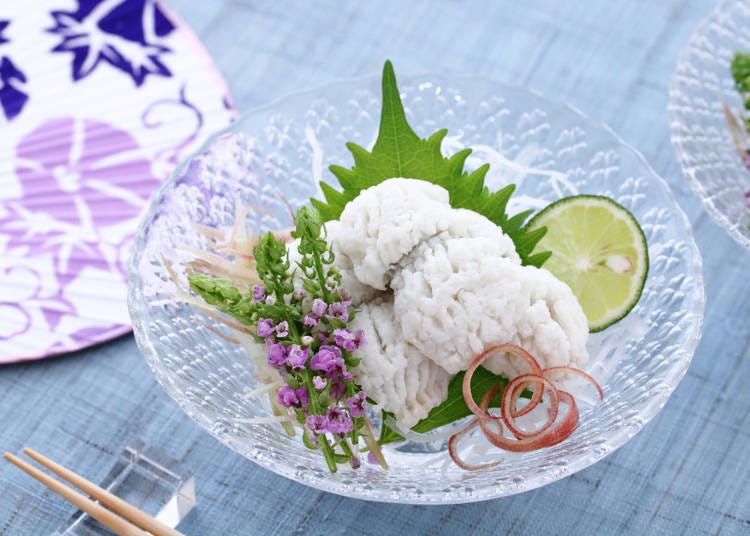
“I think the delicate care that goes into preparing cuisine in Japan, such as when filleting a conger eel, is symbolic of something very Japanese. Another aspect is minimalism. Old Japanese homes look simple from the outside, but they can be stunningly beautiful on the inside, with complex layouts. The minimalist exterior contrasted with a complex interior is something that also alludes to a sense of Japanese aesthetics”
How to Enjoy Kyoto Mornings: A Jog Along the Kamogawa! Sightseeing is best from early morning!
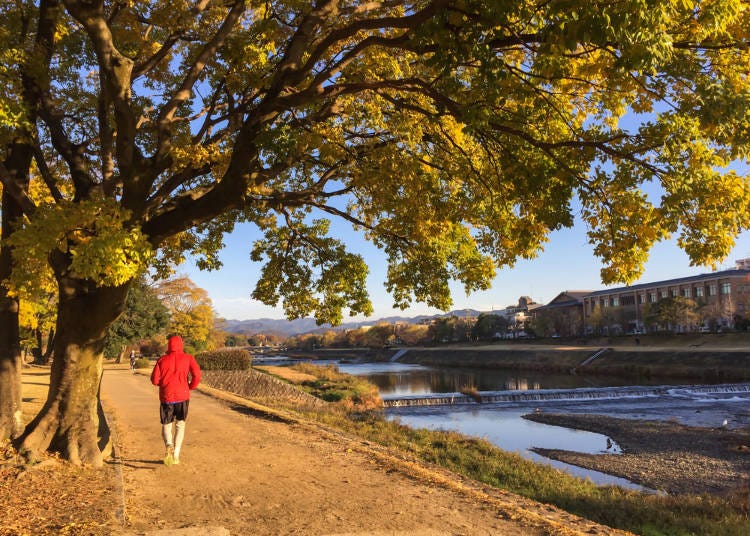
“A riverside jog along the Kamogawa River makes for a great morning. Recently many people are exercising while on vacation here, and Kyoto has a lot of great scenery for jogging.” Bryan continues, while pointing out the importance of sightseeing from the early morning. “Famous temples become very crowded after 10am. But at around 8 in the morning you will find less foot-traffic, and you’ll be able to enjoy a quieter atmosphere, so I recommend setting out early in Kyoto.”
<How to get to the Kamogawa>
An 8-minute walk from JR Kyoto Station to Kamogawa.
<How to get to Nijō Castle>
Take the Tōzai Line from JR Kyoto Station to Nijōjō-mae Station, a 15-minute trip.
How to Enjoy Kyoto Nights: After the sun sets, head for a café-bar to have a drink and talk with locals
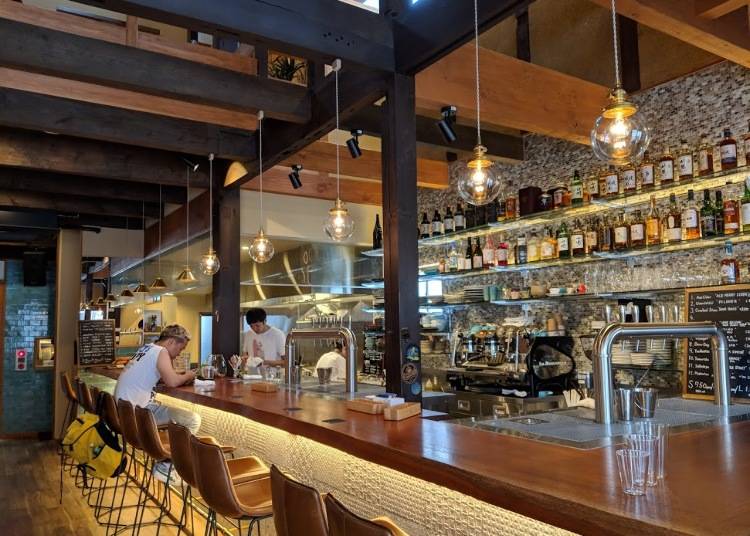
“Nights are a good chance to enjoy conversation over drinks with locals and other travelers. Some say that the people of Kyoto are conservative and standoffish, but I don’t think that’s the case at all. Everyone I have met here has been friendly. It’s not a big city, which means making a new acquaintance can sometimes suddenly connect you to a wider network of people. For places with a relaxed, social vibe, I recommend café-bars like ‘Len’or‘Crafthouse’ where you can easily strike up conversation with others, including the people behind the bar, while enjoying a craft beer.”
What Sightseeing Plan does Bryan Recommend?
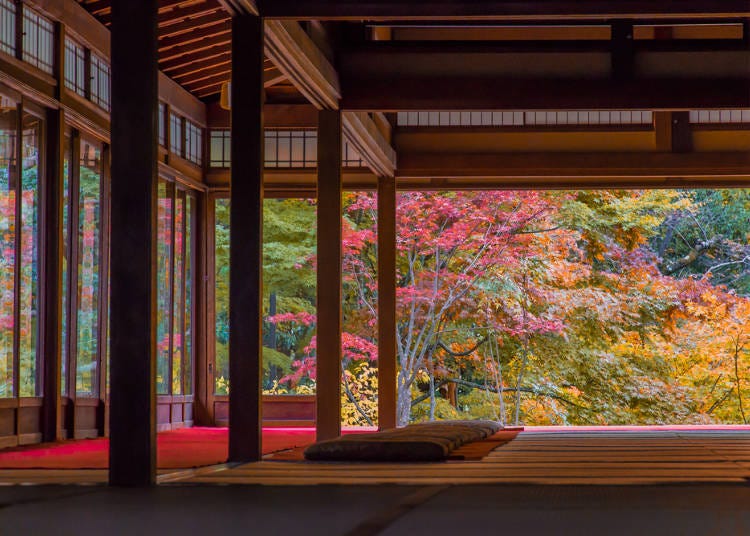
“First up, Nanzen-ji. It’s famous for its enormous entrance gate and its exquisite autumn foliage, but it’s beautiful all year round. It’s also where a scene from the movie “Lost in Translation” was filmed, too.”

“Next is the nearby Eikando Temple. It’s beautiful in any season, but really comes alive in the fall. Its Tahoto pagoda (two-storied pagoda) and the view of Kyoto from its base are magnificent. From Eikando, I recommend walking along the ‘Philosopher’s Path’ to get to Ginkaku-ji.” Bryan describes Ginkaku-ji as having an extraordinarily beautiful garden, with vibrant greens that you won’t see anywhere else.
<How to get to Nanzen-ji/Philosopher’s Path/Ginkaku-ji>
Nanzen-ji: Take the Tōzai Line from JR Kyoto Station to Keage Station, a 20-minute trip. It’s a 10-minute walk from there to Nanzen-ji.
Philosopher’s Path: Two kilometers in length; 30-40 minutes require to complete.
Ginkaku-ji: Take the Kyoto Bus from JR Kyoto Station to the Ginkaku-ji stop, a 50-minute trip. It’s an 8-minute walk from there to Ginkaku-ji.
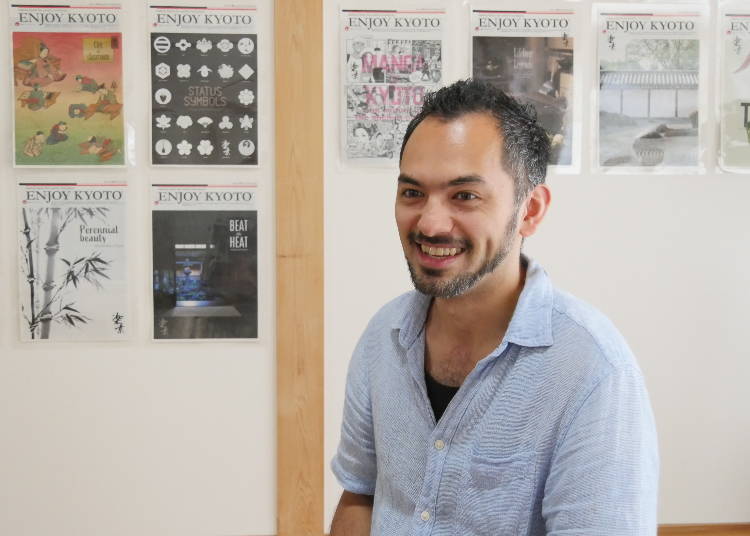
“I come from a rural part of England called Shropshire, and in the nearby county of Warwickshire, there’s a town called Rugby. As you may have guessed, that’s where the sport of Rugby originates. In Japan, Rugby is said to have spread from Kyoto’s Shimogamo Shrine.”By coincidence, Bryan’s travels have taken him from an area connected to Rugby to another area with a connection to the sport. He thinks that Rugby fans coming to Japan should consider making a pilgrimage to see the beautiful Shimogamo Shrine in Kyoto.
Everything the World Idealizes Japan for is in Kyoto!
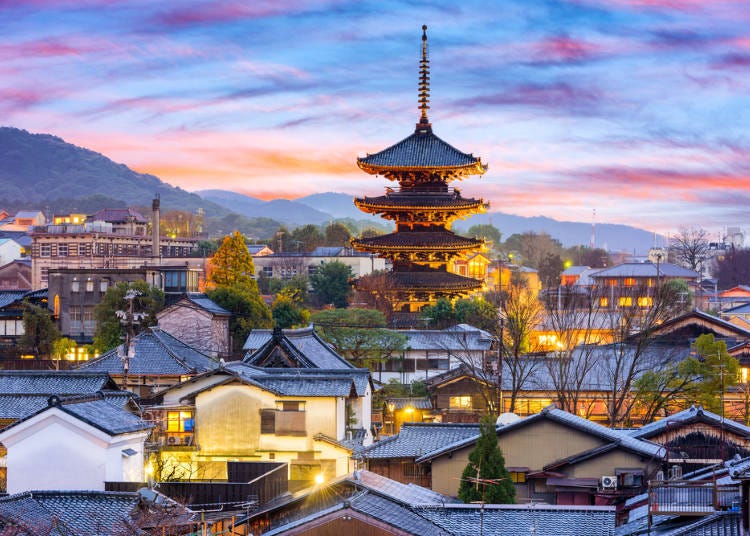
“I enjoy exploring the lesser known and more traditional areas that are a little off the beaten track. That’s often where you will feel a more authentic sense of Kyoto’s culture and history. There aren’t so many hiking courses or route maps for cycling, so I’d like to tell more people about those!” From Bryan’s enthusiasm, it’s clear how much he loves Kyoto.
Past and present, history and culture, nature and people, everything great about Japan and its most important cultural assets can be found in Kyoto. Please come to Kyoto and enjoy an experience you won’t have anywhere else in the world!
■”ENJOY KYOTO”, an info magazine for international travelers that Bryan contributes to
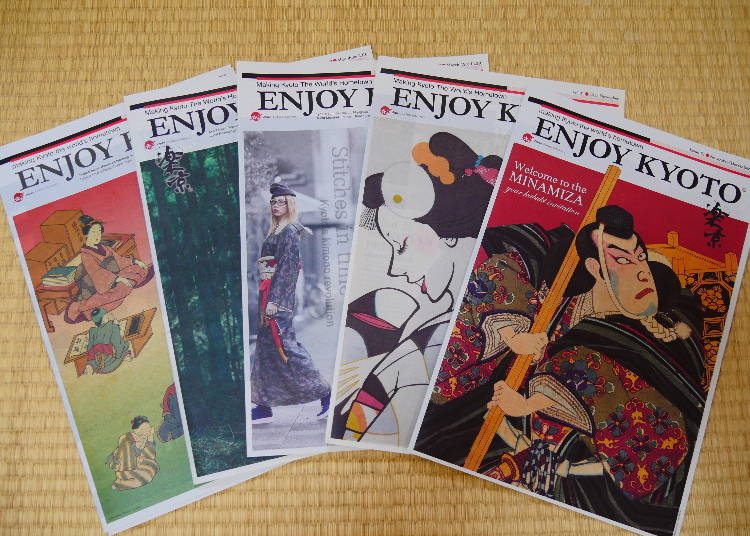
This free magazine shows you how to “know”“walk” and “experience” Kyoto with information on its history, culture, traditional crafts, and latest popular areas. It’s packed with useful insights into how to enjoy your explorations through this wonderful city.
Publication Name: ENJOY KYOTO
Publisher: ENJOY KYOTO Editorial Board T-STYLE, Inc.
Publication Dates: Six times per year (first of Jan, Mar, May, July, Sept, Nov)
Pick-up points: Kyoto Tourist Information Center, major hotels in Kyoto City and 200 other locations
Text by Miyuki Yajima
- Area
- Category
*Prices and options mentioned are subject to change.
*Unless stated otherwise, all prices include tax.
Popular Tours & Activitiess
-

Kyoto's Hidden Treasures Open This Winter! Enjoy Exclusive Access to 15 Rare Cultural Sites (Jan-Mar 2026)
by: Guest Contributor
-
Ad

Discover Timeless Beauty: Kimono-en, a Web Magazine Exploring the Spirit of Kimono
-
Ad

Recharge and Relax with a Healing Getaway at Kamenoi Hotel Toba
-

New Way to Reach Koyasan! Ride Nankai's 'GRAN Tenku' for a Heavenly Journey
by: Guest Contributor
-

November Events in Kansai: Fun Festivals, Food, and Things to Do in Kyoto & Osaka
-
Ad

Experiencing Manga as Culture, Not Just Reading It: Expo 2025 with Rumiko Takahashi
Inspiration for Accommodations
-

Spacious Family Hotel in Namba: 20 Comfortable Stays for Family Fun
-

Charming Hotels to Enjoy the Spectacular Views of Arashiyama's Autumn Leaves from Your Room
-

Experience Stunning Views of Osaka Castle from Private Spaces: Top Hotels Near Osaka Castle
-

Recommended by Visitors! Arashiyama's Best-Rated Hotels
-

Family-Friendly Universal Studios Japan Hotel with Excellent Access
-

Enjoy a Comfortable Stay in Osaka! 10 Hotels with Convenient Airport Shuttle Services
-

Top 10 Recommended Hotels Near Namba Station with Great Access
-

Enjoy Night Views from Your Room! Recommended Hotels in Namba Area
-

Things to Do in Osaka & Kyoto in January 2025: Celebrate the New Year with Festivals & Events
by: Kaori Kimura
-

Inside Kyoto's Spectacular Sanjusangen-do Temple with 1,000 Gold Statues
-
Ad

Reflections on Kyoto from a British man. What Makes Kyoto Great from an Outside Perspective.
-

5 Popular Things to do in Umeda - Osaka's Central Area!
by: WESTPLAN
-

10 Important Japanese Phrases to Know Before You Enter a Japanese Convenience Store!
by: Teni Wada
-

10 Dreamy Hydrangea Gardens Near Kyoto and Osaka For Flower Lovers
by: WESTPLAN
- #best gourmet Osaka
- #things to do Osaka
- #what to do in kyoto
- #what to bring to japan
- #best gourmet Kyoto
- #new years in Osaka
- #what to buy in nanba
- #Visiting Osaka
- #onsen tattoo friendly arima
- #daiso
- #Visiting Kyoto
- #best japanese soft drinks
- #japanese fashion culture
- #japanese convenience store snacks
- #japanese nail trends












